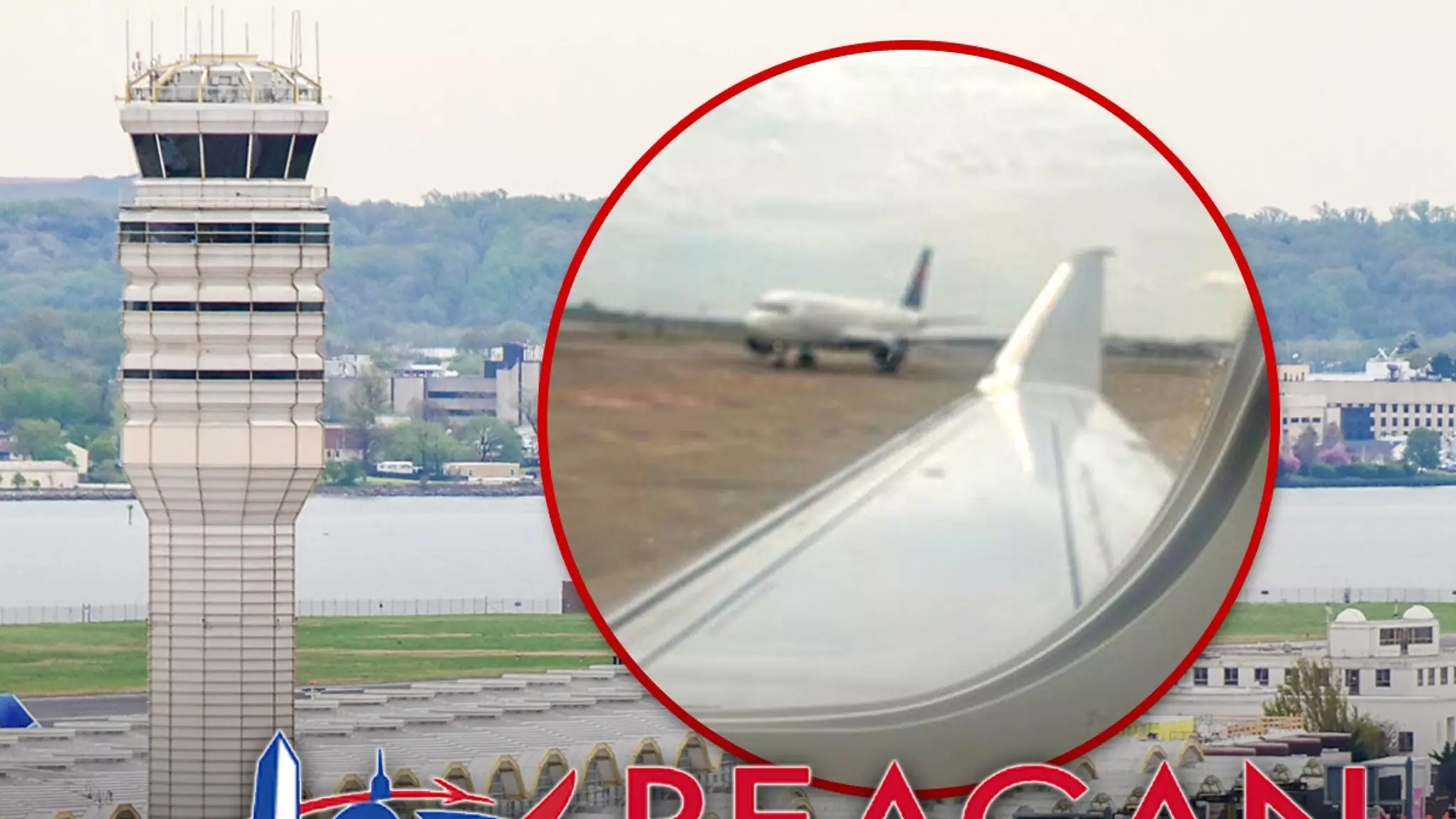The recent spate of air traffic mishaps at Reagan National Airport has raised serious concerns about aviation safety and regulatory efficacy in the United States. A shocking incident occurred when members of Congress reported that their plane had its wing clipped by another aircraft while on the tarmac. This unsettling event not only underscores the precarious nature of air travel but also highlights systemic failures within the Federal Aviation Administration (FAA) that may be contributing to the problem. With representatives from New Jersey and New York involved in the incident, the sense of urgency is felt throughout the Tri-state area, prompting discussions about air traffic management’s integrity and adequacy.
Recent Incidents: A Pattern of Negligence?
What makes this incident particularly alarming is that it isn’t an isolated event. Earlier this year, Reagan National Airport witnessed a catastrophic collision involving a military helicopter and a commercial jet, resulting in the tragic loss of lives. The fact that the same airport is now experiencing yet another near-miss raises questions about the oversight and operational protocols in place. Are we witnessing a trend of negligence? The FAA has faced criticism for budget cuts and staffing shortages that jeopardize air traffic safety. Lawmakers like Representatives Josh Gottheimer and Grace Meng pointedly attribute these issues to reduced FAA funding, stimulating a necessary debate about the balance between budget constraints and public safety.
A Call to Action: The Need for Accountability and Reform
It is abundantly clear that something must be done to rectify the dangerous conditions at airports such as Reagan National. The FAA’s budgets should not dictate the safety of millions of travelers. Instead, accountability measures must be prioritized to ensure that air traffic control is equipped to manage the increasing air traffic efficiently. The consequences of failing to address these concerns could be catastrophic. Representatives who experienced this latest incident are not just voices for their districts; they represent a larger sector of society that deserves safe air travel. They could wield their influence to push for necessary reforms, which are urgently needed to safeguard against future mishaps.
The Human Element: Pilots, Passengers, and Their Safety
The emotional toll on passengers who find themselves in these precarious situations cannot be overlooked either. For those onboard the plane that was struck, the distressing experience of narrowly avoiding disaster is likely to linger far beyond the airport. While it may be reported that no one was injured in the recent incident, the psychological ramifications for both passengers and crew can be profound. We must discuss not only the mechanical and technical aspects of air travel but also the human component that is impacted by these frequent disruptions in safety. It’s vital that airlines understand their responsibility to create an environment where passengers feel secure and protected during their journeys.
As we continue to witness incidents that jeopardize the safety of air travel, it becomes increasingly clear that the FAA and the aviation industry must face the music. A commitment to safety cannot be sacrificed at the altar of budgetary considerations. Lawmakers, industry leaders, and the public must collectively advocate for an aviation system that prioritizes human life above all else. Anything less is simply unacceptable in the modern age where air travel is a lifeline for many.

